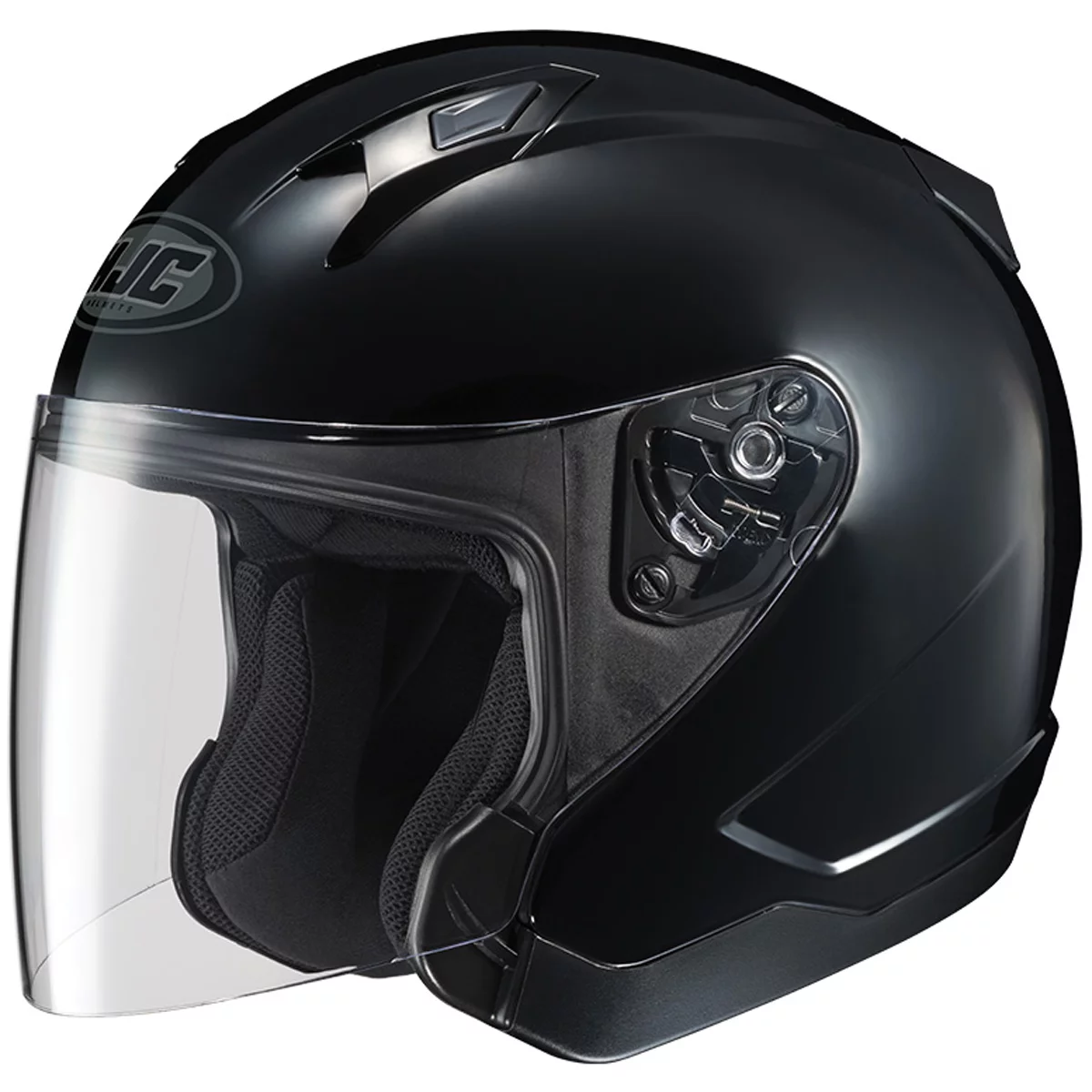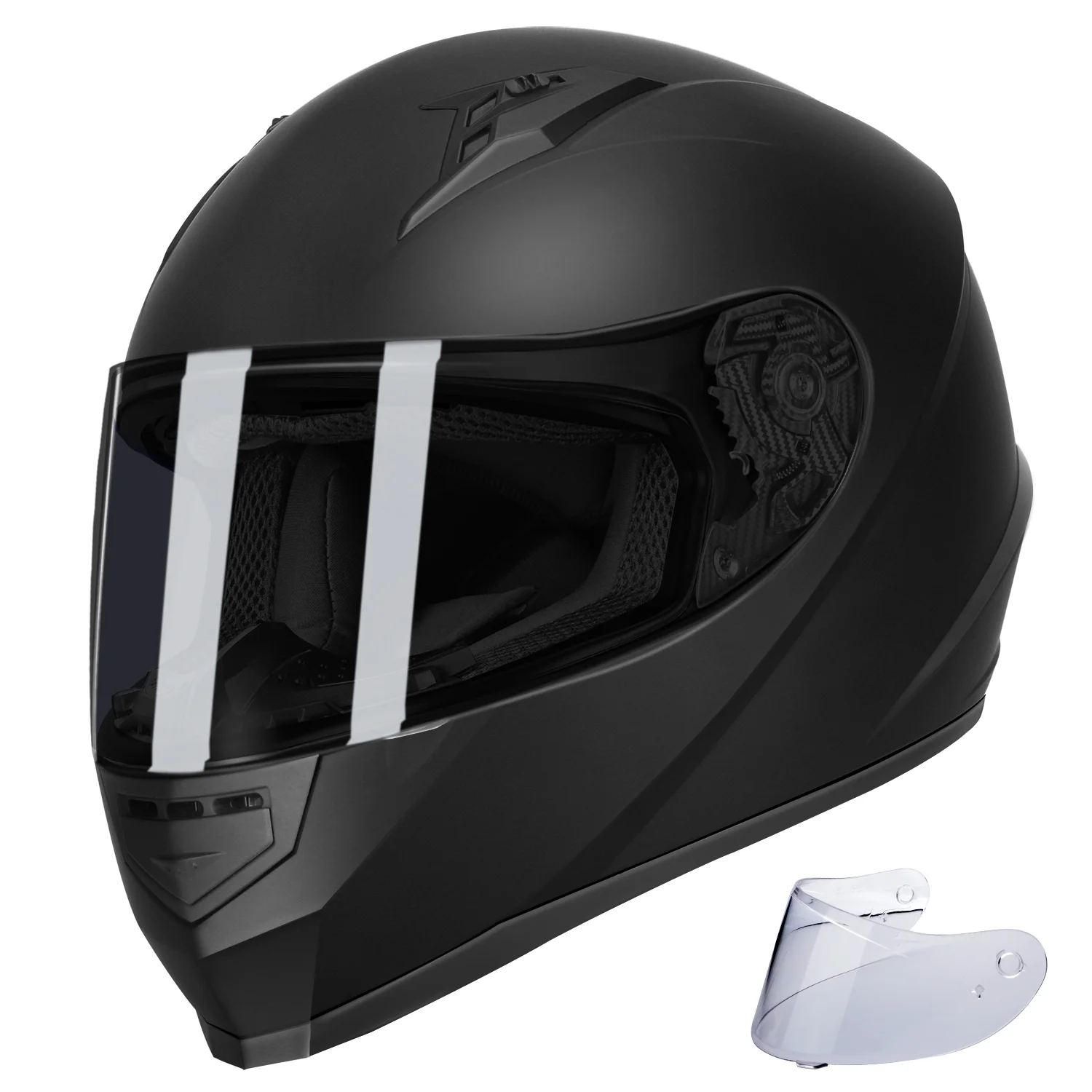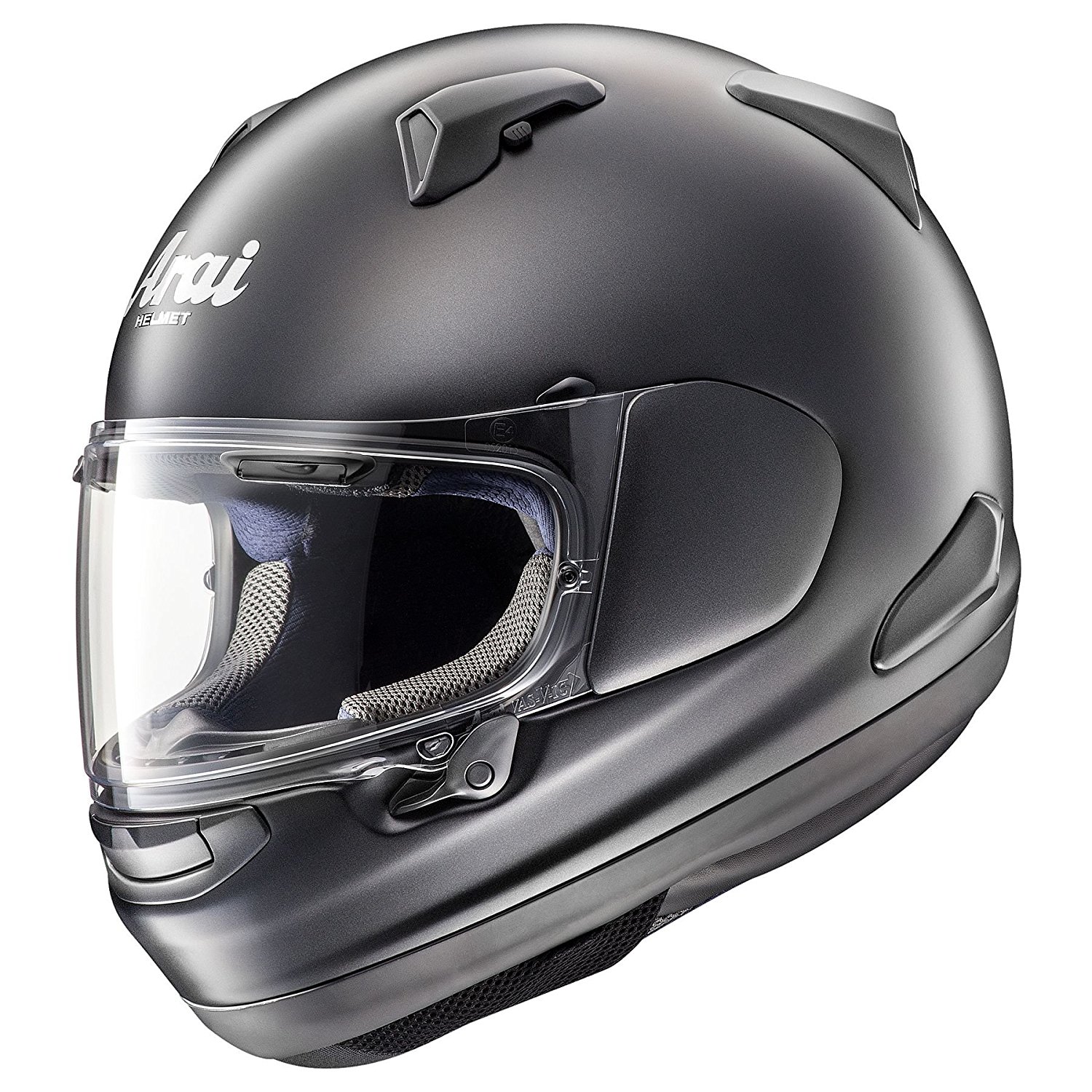Choosing the right motorcycle helmet is akin to choosing a life-saving device. A properly fitting helmet can mean the difference between minor injuries and devastating consequences in an accident. But how should a motorcycle helmet fit to provide optimal protection and comfort? Many riders struggle with this question, especially with the myriad of options available. This article aims to demystify the process and provide clear, actionable guidance for finding the perfect fit.
Measuring Your Head
The first step in selecting a well-fitting helmet involves measuring your head accurately. Use a flexible measuring tape to measure the circumference of your head, positioning the tape about an inch above your eyebrows, around the widest part. Take note of this measurement and consult the sizing chart provided by the helmet manufacturer. Sizes can vary between brands, so always refer to the specific chart for the helmet you are considering.
Keep in mind that head shape matters too. While most helmets are designed to fit a variety of head shapes, some brands specialize in more oval or round interiors. Knowing your head shape can make a significant difference in comfort and fit. If you’re unsure about your head shape, visit a local motorcycle shop where an expert can assist you in determining the best fit.
Initial Fitment
Once you’ve determined the appropriate size, it’s time to try on the helmet. When doing so, the helmet should feel snug but not overly tight. The interior lining should make firm contact with the crown of your head and the sides of your face. If you feel any pressure points that could cause discomfort over time, the helmet might be too tight. Conversely, if the helmet moves too freely, it’s too loose and won’t provide adequate protection.
Make sure the helmet sits evenly on your head, with the front edge just above your eyebrows. It should not tilt back, exposing your forehead, nor should it ride too low, obstructing your vision. Proper alignment is crucial for both protection and comfort. Always fasten the chin strap securely to fully assess the fit; this also ensures the helmet stays in place during use.
Cheek Pads and Comfort Liners
Cheek pads play a critical role in the overall fit of a motorcycle helmet. They should press firmly without causing pain or discomfort. Over time, cheek pads can compress and conform to your face, becoming more comfortable. Initially, they might feel quite snug, but this is normal. If the pads are removable, you have the option to swap them out for different sizes and densities to achieve the perfect fit.
The comfort liner, typically made of moisture-wicking materials, should also fit snugly around your head. It should hold the helmet in place without creating pressure points. A good comfort liner will not only enhance fit but also improve overall comfort, making long rides more enjoyable. Ensuring the cheek pads and liners are in optimal condition and regularly washing them contributes to a consistent and comfortable fit.
Helmet Retention System
The chin strap, or retention system, is essential for keeping the helmet securely on your head. When fastened, you should be able to fit no more than two fingers between the strap and your chin. The strap should feel snug without restricting your ability to speak or breathe. A common mistake riders make is wearing the chin strap too loose, which can render the helmet ineffective in an accident.
Modern helmets often come with adjustable straps and quick-release buckles, enhancing convenience and safety. Ensure you understand how to properly fasten and adjust these systems to maintain a secure fit. Regularly check the condition of the strap for wear and tear; a compromised retention system can jeopardize your safety.
Movement and Stability
A properly fitting helmet should have minimal movement when you shake your head side-to-side or up-and-down. Excessive movement indicates that the helmet is too large, potentially compromising your safety. With the chin strap fastened, perform a movement test by tilting your head in various directions. The helmet should move with your head without slipping or sliding.
Stability during high-speed rides is another crucial factor. A helmet that lifts or shifts at high speeds can distract you, increasing the risk of an accident. Aerodynamic designs in modern helmets help reduce wind resistance and improve stability, so consider these features if you frequently ride at higher speeds.
Compatibility with Glasses and Communication Systems
If you wear glasses, ensure your helmet accommodates them comfortably. The temples of your glasses should fit easily without putting pressure on the sides of your head. Many helmets come with grooves or removable pads designed to accommodate eyeglasses. It’s advisable to bring your glasses with you when trying on helmets to ensure a comfortable and secure fit.
Similarly, if you use a Bluetooth communication system, check compatibility with the helmet. Some helmets have built-in speaker pockets and channels for wiring, making it easier to integrate communication devices. Ensuring that these systems fit well without compromising the helmet’s fit or comfort enhances your overall riding experience.
Break-In Period
New helmets often require a break-in period to conform to the shape of your head fully. During the initial rides, the helmet might feel slightly tight, especially in the cheek and forehead areas. However, as the padding settles, it should become more comfortable. Pay attention to any persistent pressure points, which indicate that the helmet might not be the right fit.
Allowing the helmet time to conform to your head can significantly enhance comfort and security. However, if discomfort persists after several rides, consider having the interior padding adjusted or trying a different size or model. Monitoring the fit and comfort during this break-in period ensures long-term satisfaction with your helmet choice.
Seasonal Adjustments
Riding conditions can vary significantly between seasons, affecting helmet fit and comfort. During colder months, you might wear additional layers or a balaclava, which can alter how the helmet fits. Conversely, in warmer weather, reduced bulk might make the helmet feel looser. Having a helmet that allows slight adjustments or choosing a model with interchangeable liners can address these seasonal changes.
Prepare for these adjustments by evaluating your riding gear for different weather conditions. Ensuring that your helmet consistently fits well, regardless of seasonal changes, enhances safety and comfort throughout the year.
 Return and Exchange Policies
Return and Exchange Policies
It’s essential to purchase your motorcycle helmet from a retailer with a flexible return and exchange policy. Despite following all guidelines, you might find that the helmet doesn’t fit as expected after a few rides. A good return policy allows you to test the helmet thoroughly and make changes if necessary. Always inquire about the policy before making a purchase to avoid potential hassles.
Choosing a retailer known for excellent customer service can also provide additional support during your selection process. Their expertise and commitment to helping you find the perfect fit ensure a smoother experience and better satisfaction with your purchase.
Consideration of Safety Standards
When selecting a motorcycle helmet, ensure it meets relevant safety standards, such as DOT (Department of Transportation), ECE (Economic Commission for Europe), or Snell certifications. While these standards primarily relate to impact protection, helmets meeting these criteria typically also offer better overall fit and comfort. Always check for certification labels on the helmet to ensure compliance with safety standards.
Opting for a helmet with higher safety ratings and certifications not only ensures better protection but often indicates superior quality in terms of materials and design. Safety standards serve as a reliable benchmark when evaluating different helmet options.
The Role of Helmet Shape
Understanding the shape of your head and how it correlates with helmet design is crucial. Common head shapes include round, intermediate oval, and long oval. Helmet manufacturers often specify which shapes their helmets are designed to fit. Choosing a helmet that aligns with your head shape ensures better comfort and a more secure fit.
If you have difficulty determining your head shape, consult with a professional fitter at a motorcycle shop. Their expertise can help pinpoint the best helmet options, ensuring you find a model that fits your unique head shape perfectly.
Final Thoughts
So, how should a motorcycle helmet fit? The answer lies in careful measurement, thoughtful selection, and attention to comfort and safety. A helmet that fits well not only enhances protection but also improves overall riding experience. By following these guidelines, you can ensure your helmet provides the necessary security, making your rides both safer and more enjoyable. Regularly checking the fit, staying informed about safety standards, and understanding the break-in process all contribute to maintaining optimal helmet performance. Riding with confidence, knowing your helmet fits perfectly, ensures maximum protection every time you hit the road.


